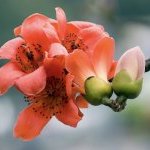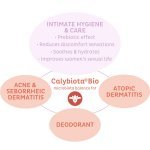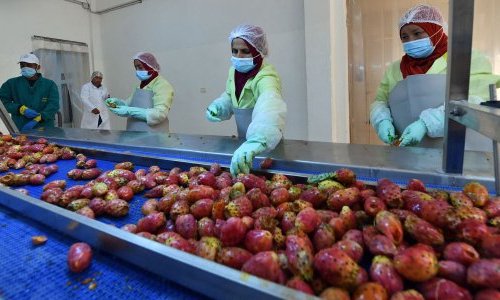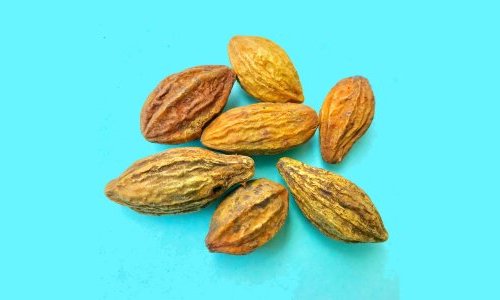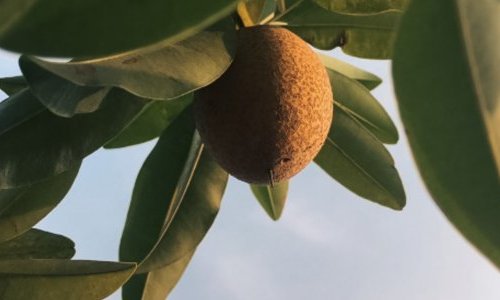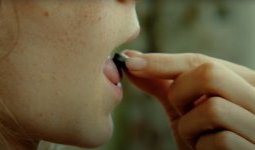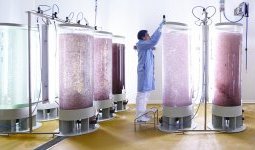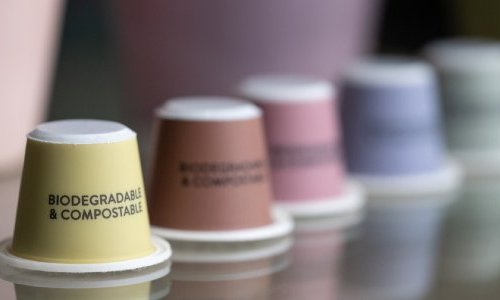Officially launched during the latest edition of the in-cosmetics Global show, Calybiota Bio [1] is a natural extract rich in polysaccharides, obtained from the calyx of red kapok tree (Bombax costatum) flowers, sustainably sourced in Burkina Faso, West Africa.
Intimate area hygiene and care
Calybiota Bio is particularly recommended for the intimate area hygiene and care. A clinical study has demonstrated its protective role on the vaginal flora, revealing a prebiotic effect on this flora’s lactobacilli, together with a reduction in inflammation and in discomfort sensations. It helps soothing and moisturizing the intimate area and improves women’s sexual life.
The new ingredient is also recommended for acne-prone skin, skin prone atopy/eczema or hypersensitivity, as well as for deodorant formulas.
Sustainable harvest
Calyxes - the part located at the base of the flower - of the red kapok tree are traditionally used in African dishes to bind sauces.
Flowers are collected in the classified forest and biosphere reserve of the “Mare aux Hippopotames de Balla” in the Satiri district, which is part of the UNESCO’s "Man & the Biosphere" program. Local communities have been trained in good harvesting practices and a field study has been performed in order to assess the environmental and social impact of the supply chain.
Laboratoires Expanscience also participated in the construction of the cooperative’s headquarters (warehouse, office, and meeting room) in the Balla village.
From an environmental point of view, enhancing the local value of the red kapok tree is of high interest. Indeed, the red kapok tree is an oxalogen tree, meaning that it has the "oxalate-carbonate pathway" in its metabolism allowing it to form calcium carbonate in the soil, “one of the most sustainable forms of carbon sink,” highlights Expanscience.
|
Contents:
|



